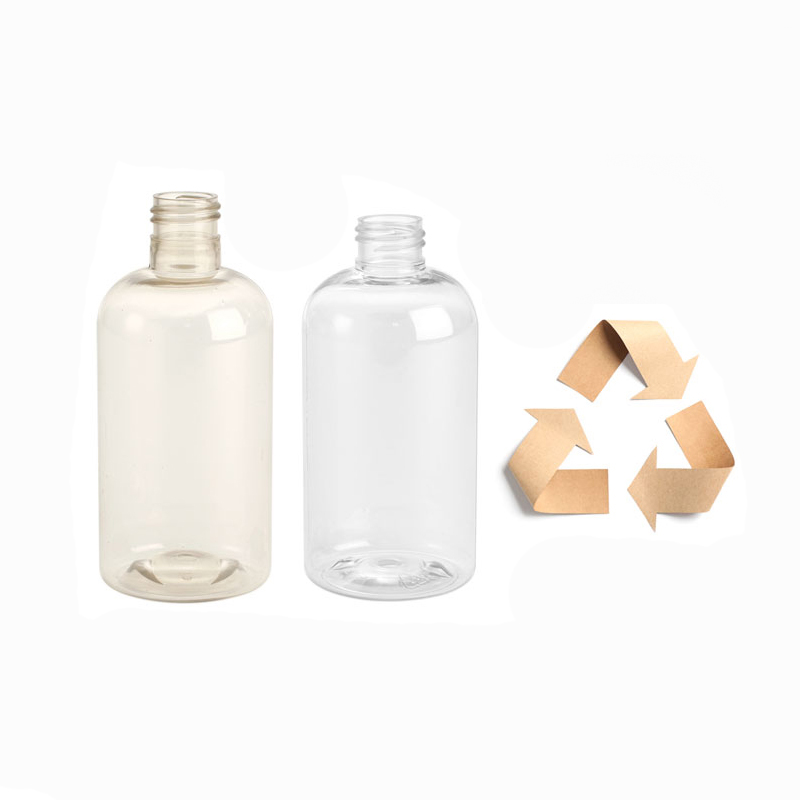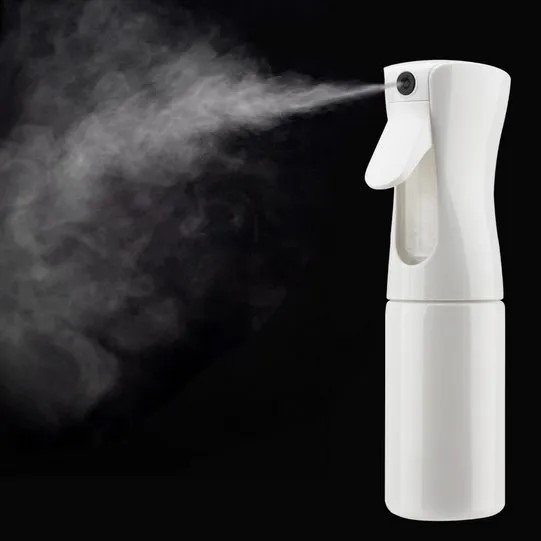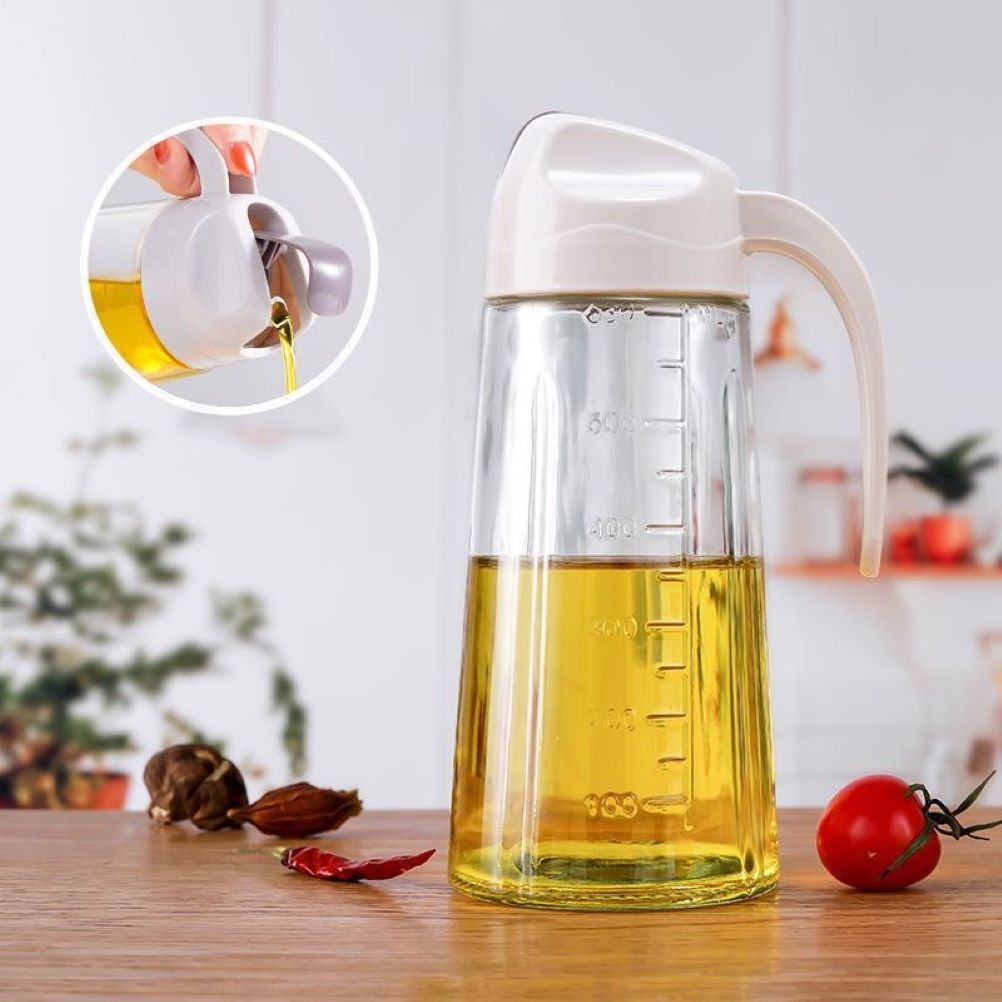PET introduction
Polyethylene terephthalate (PET), due to its excellent properties (such as high thermal stability, transparency, low cost, excellent tensile and impact strength; El Essawy et al., 2017; Zander et al., 2018), has caused serious environmental problems due to its expansion and disposal (Zhang and Wen, 2014). Incineration and landfill are common waste treatment methods (Song and Yun, 1999). However, incineration can lead to the release of toxic substances that are harmful to health (Zander et al., 2018). The melting points of commercial PET and high crystallinity PET are 255 ° C-265 ° C and 260 ° C-265 ° C, respectively (Malik et al., 2016). Therefore, PET is non degradable under normal conditions. In 2017, the total global plastic production reached 348 million tons, 29. 4% of them come from China (PlasticsEurope, 2018). However, half of the plastic produced is disposable (NERC, 2017). In 2015, approximately 7% of global plastic demand was made up of PET, reaching 18.8 million tons (Taniguchi et al., 2019). The report shows that 62% of the bottles produced are made of PET, which accounts for 62% of all bottles collected and recycled (ACC, 2018). The recycling rate of PET plastic bottles increased from 28.4% in 2016 to 29.2% in 2017 (NAPCOR, 2018). Nevertheless, the collection and processing of secondary PET worldwide does not exceed 50% (Aizenshtein, 2016). According to Shen et al. (2010) Compared to the original PET, recycled PET has significant environmental benefits. At present, the world is paying attention to recycling in order to reduce PET waste and make rational use of resources.
Extensive research has been conducted on the recycling of waste PET bottles worldwide (Malik et al., 2016; Geyer et al., 2016; Song and Hyun, 1999). Life cycle assessment (LCA) is an objective process of assessing the environmental burden associated with certain products, processes, or activities, and is also conducted in the process of recycling waste PET bottles (Saleh, 2016; Patel et al., 2000; Zhang and Wen, 2014), demonstrating that recycling can significantly reduce environmental impacts, including greenhouse gas emissions and fossil resource consumption, compared to other waste PET bottle treatment methods (Nakatani et al., 2010). Another study (Foolmaun and Ramjeeawon, 2012a) suggests that a high recovery rate is equivalent to a high net environmental benefit. So,
According to Zhang and Wen (2014), China has been the world's largest consumer of PET bottles since 2010. Considering the large amount of PET waste causing water pollution and public health issues, the recycling of discarded PET bottles is greatly encouraged in China. The majority of recycled PET bottles worldwide (approximately 71% in 2014) are used as recycled fiber materials (Aizenshtein, 2016). Meanwhile, 53% of the total PET bottles collected globally are currently being processed in China, with an estimated 30% of China's total polyester fiber production coming from recycled PET bottles (Aizenshtein, 2016). Transforming a large number of waste PET bottles into high-value textile products is considered an environmentally friendly, cost-effective technology with enormous ecological and economic benefits. However, such a huge recycling industry will inevitably bring high resource consumption and environmental emissions. LCA combined with Life Cycle Cost (LCC) analysis is an effective method for analyzing and managing environmental and economic burdens. By systematically quantifying the inputs and outputs of target products, activities, or processes, LCA and LCC can provide significant assistance in decision-making, product improvement, and policy formulation (Hong et al., 2018; Ye et al., 2018). Currently, many manufacturing activities are facing the problem of excessive use of materials such as chemicals and water. Therefore, China should combine LCA with LCC to reduce environmental and economic burdens, improve resource utilization efficiency and sustainability of related industries.
Currently, few studies have focused on products that recycle PET waste (Zander et al., 2018; Leng et al., 2018; El Essawy et al., 2017). Unfortunately, these studies did not evaluate the environmental and economic impacts of different processes. Except for Shen and others. (2010), Intini and K ü htz (2011), and L'Abbate et al. (2018), most LCA studies related to waste PET bottles have focused on environmental disposal and waste management (Foolmaun and Ramjeeawon, 2012a; Nakatani et al., 2010; Shen et al., 2011). To our knowledge, there is currently no research on the environmental and economic impact of the entire production process of recycling waste PET bottles into blankets. In order to sustainably and environmentally manage waste PET bottles, alleviate environmental issues, and enhance the competitiveness of Chinese manufacturing enterprises, it is necessary to investigate the production of LCC and LCA in combination. Therefore, based on on-site data from a factory, a study was conducted using LCC combined with LCA method to produce blankets from 100% recycled PET bottles in China. Key processes and improvement measures have also been identified, providing useful information for decision-makers to improve PET recycling technology and its industrial development from an environmental and economic perspective.



